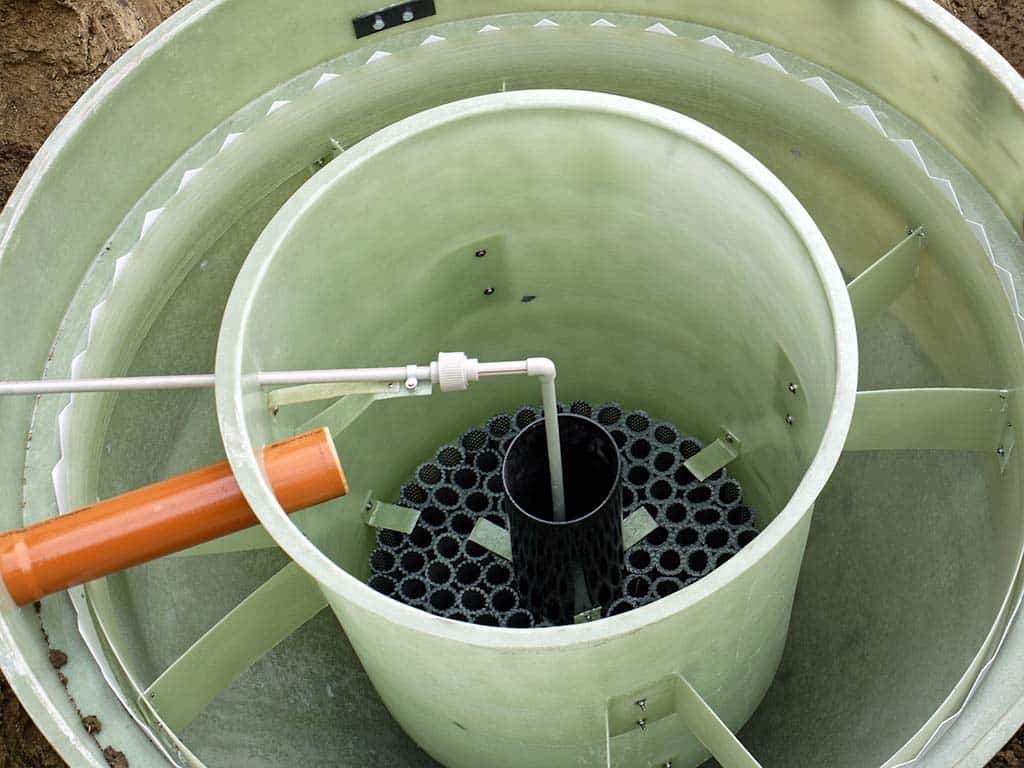If you live outside a city or town, chances are you rely on some form of on-site wastewater management system. But not all systems are created equal. Two of the most common are septic tanks and domestic wastewater treatment plants (WWTPs). While they may seem similar on the surface, their operation, maintenance needs, and environmental impact differ significantly.
What Is a Septic Tank?
A septic tank is a simple underground system designed to separate solids from liquids and provide basic anaerobic digestion of waste (utilizing baktérie do žumpy). It usually consists of one or two chambers where household wastewater collects and settles.
- Solids sink to the bottom, forming sludge.
- Oils and fats rise to the top, forming scum.
- Liquid effluent exits the tank and flows to a soakaway or drainage field, where further filtration occurs.
Septic tanks are passive systems—there are no mechanical parts or active treatment processes. As such, their performance is limited.
What Is a Domestic WWTP?
A domestic wastewater treatment plant is a more advanced, engineered system that treats waste using biological processes. There are several types (activated sludge, SBR, biofilm reactors), but all aim to:
- Promote aerobic breakdown of organic matter
- Reduce biological oxygen demand (BOD)
- Remove solids, nutrients, and pathogens more effectively
WWTPs often include pumps, air blowers, filters, and monitoring systems. The result? Much cleaner effluent, often suitable for discharge to surface water or even reuse.
Main Differences at a Glance
| Feature | Septic Tank | Wastewater Treatment Plant |
|---|---|---|
| Treatment Level | Basic | Advanced |
| Power Required | No | Yes |
| Maintenance | Low | Medium to High |
| Effluent Quality | Moderate | High |
| Suitable for Small Lots | No | Yes |
| Cost | Lower upfront | Higher upfront, lower long-term |
Pros and Cons
Septic Tank:
- Simple and cheap
- Minimal moving parts
– Requires large drainage area
– Lower water quality
– Can pollute groundwater if overloaded
WWTP:
- Higher effluent quality
- Smaller footprint
- Suitable for environmentally sensitive areas
– Needs electricity
– Higher maintenance demands
Legal and Environmental Considerations
In many areas, septic tanks are no longer approved for new builds, especially near watercourses or in protected zones. WWTPs offer a more future-proof and eco-friendly solution, especially when paired with filters or disinfection.
So Which Should You Choose?
If you’re building a new home or renovating, a WWTP is usually the better investment. Though more expensive upfront, it offers long-term benefits in performance, flexibility, and environmental impact.
But if you already have a septic tank, don’t panic. With proper maintenance and possibly the addition of sand or biofilters, your system can continue to serve well—just know its limitations.
